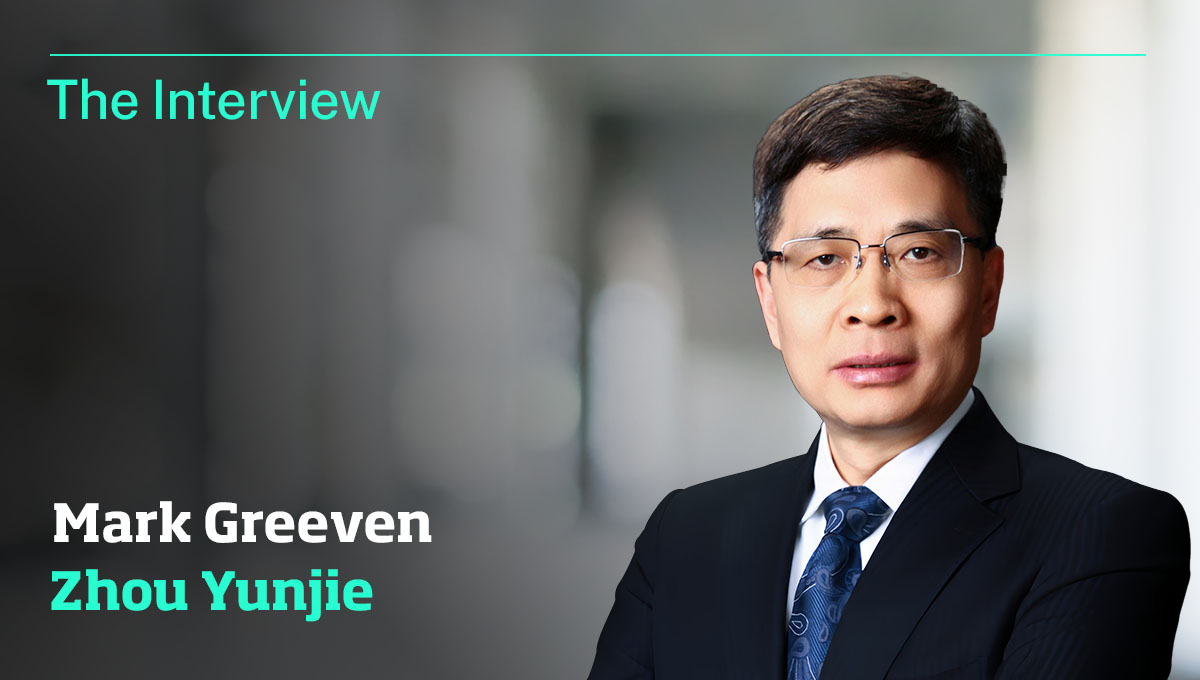
PDD: e-commerce for the underserved
On July 26, 2018, Pinduoduo (PDD), China’s social e-commerce company, launched its initial public offering on the Nasdaq market.
Known for rock-bottom priced products selling on its online platform, PDD had been the target of much criticism and even ridicule relating to the quality of its products. A nontrivial fraction of the products was found to be copycats of Xiaomi, Sony and other popular consumer electronics. And then there were the rotten fruits and leaking diapers, you name it.
Despite the controversies and seeming bad reputation, PDD’s stock prices shot up by more than 30% on the first day of trading and its market value reached nearly $USD 30 billion, or more than half of that of JD.com, the second largest Chinese e-commerce player behind Alibaba.
China’s fastest growing e-commerce start-up
Pinduoduo was founded in September 2015. PDD’s active user base went from zero to 100 million in the first year and then to 200 million in the second year. By the end of March 2018, PDD boasted 344 million active users on its platform, making it probably the world’s fastest growing company in terms of client acquisition. (According to its latest annual report, Alibaba had 552 million active users in 2017.) As PDD’s user base expanded, its trading volume also grew exponentially. In the twelve-month period ending 30 June 2018, PDD reported a GMV (gross merchandise value) of RMB 262.1 billion or USD 39.6 billion, which represented a whopping 583% increase from a year ago. Now in its fourth year of operation, PDD is a solid third in the fiercely competitive e-commerce market in China after Alibaba and JD.com.
A market unbeknownst to the middle class
According to the National Bureau of Statistics of China (NBSC), China’s per capita disposable income in 2017 is $USD 3,782 (the median number is $USD 3,263), which translates to slightly below $USD 300 per month. While in China’s affluent coastal regions income levels are much higher than nationally, its vast inland provinces and particularly their rural population are nowhere near $USD 300 per month. The reality is that there are approximately 1 billion Chinese living in small cities and townships and they are much more price sensitive than the shoppers you meet at a Gucci store in a first- or second-tier city. Indeed, at least two thirds of PDD’s customers come from outside of the target audience of a typical e-commerce outlet.
An operating model at the intersection of social media and e-commerce
Colin Huang, the founder of Pinduoduo, was born in 1980 in an ordinary family in Hangzhou. He joined Google in 2004 after getting his post-graduate degree in Computer Science from the University of Wisconsin. He has since left Google and started several businesses in China. In early 2015, it dawned upon Huang that despite the dominant market positions of the likes of Alibaba, Tencent and JD.com in China’s internet space, it is still possible to compete with them head-on if he could address the needs of the segment of Chinese consumers who are essentially ignored by the titans of the industry.
PDD got the attention of the under-served, price-sensitive consumers by presenting them with a proposition they could not turn down. For example, for a dress that is priced at RMB 39 on Taobao, one only needs to pay RMB 19 on PDD; and if one can invite 5 friends to buy as a group, the unit price falls to only RMB 9.9, including delivery. The process of inviting friends to join is made very easy on Tencent’s WeChat messaging platform. As folks join in this viral “game” of seeking deep group discounts, they sign onto PDD’s apps without much noticing it.
The fact that PDD was able to quickly penetrate the previously under-tapped market segment was helped along by at least two other factors. Xiaomi and other domestic manufacturers successfully marketed a series of low-priced smart phones that allowed people from the countryside connect via mobile to the internet. WeChat, the premier instant messaging platform, is a ubiquitous presence among all sectors of internet users with its superb package of online games, social networks, and seamless payment functions. In short, PDD did the right thing at the right time.
What does the future hold?
Unlike JD.com and Tmall which take a cut of each transaction on their platforms, PDD makes its money mainly from advertising income. Its business model makes it difficult to take a percentage cut of an already “dirt-cheap” sales price. Quality is another problem when a sizeable fraction of the household appliances sold on PDD are suspected to be counterfeits. Recently, PDD reached an agreement with luxury brands such as Armani, in an effort to improve the quality of its products.
While PDD has the strong backing of powerful players in China including Tencent and SF Express, profitability for PDD is not guaranteed at this point. For its investors, the hope is that over time PDD will be able to find new revenue sources from its huge client base without fundamentally changing its business logic.
Dr. Winter Nie is Professor of Management at IMD. She is the regional director of IMD Southeast Asia and Oceania.
This article was written with Yunfei Feng
Research Information & Knowledge Hub for additional information on IMD publications

China's technology sector leads global innovation with AI, semiconductor growth, and strategic diversification. R&D investments fuel success amid regulatory challenges.

China’s apparel sector in 2025 sees local brands rise and global players adapt amid digital, Research & Development, and innovation-led growth.

Explore how innovation, R&D, and policy reforms are reshaping China’s pharmaceutical sector amid rising healthcare demand and demographic shifts.
The case study introduces an original way of exploring the many questions and concerns around AI adoption in business. Based on a true story, it discusses the dilemma of AI implementation through Joe, the CIO of ParcelFlow. Joe is getting ready to...
This case study explores AstraPay’s journey to become a significant player, despite its latecomer status, in Indonesia’s burgeoning digital payments landscape. Launched in 2018, AstraPay had grown to serve over one million customers, but it faced ...

Haier's CEO Zhou Yunjie explains how the company's innovative RenDanHeYi model empowers employees, drives global growth, and adapts to market changes.
US President Donald Trump’s full embrace of digital assets has sent shock waves through the cryptocurrency market, driving a price surge while creating both new opportunities and heightened risks for investors and corporations. Last week, Mr Trump...

How China's journey of self-reliance, innovation, and strategic resilience under "Made in China 2025" continues to redefine its global role amid ongoing geopolitical tensions and renewed policy challenges.
The case explores TBC Bank Group’s remarkable journey from a small Georgian bank to a regional leader in digital financial services across Central Asia. Founded in 1992 with just US$500 in initial capital, TBC evolved into Georgia’s largest financ...
The case explores the principles and challenges of operational excellence through the experience of Magdi Batato, former EVP of Operations at Nestlé. It examines how he implemented Mission-Directed Work Teams (MDWTs) to empower front-line workers,...
Research Information & Knowledge Hub for additional information on IMD publications
Research Information & Knowledge Hub for additional information on IMD publications
Research Information & Knowledge Hub for additional information on IMD publications
Research Information & Knowledge Hub for additional information on IMD publications
Case reference: IMD-2650 ©2025
Research Information & Knowledge Hub for additional information on IMD publications
Research Information & Knowledge Hub for additional information on IMD publications
Research Information & Knowledge Hub for additional information on IMD publications
Research Information & Knowledge Hub for additional information on IMD publications
Research Information & Knowledge Hub for additional information on IMD publications
Research Information & Knowledge Hub for additional information on IMD publications

